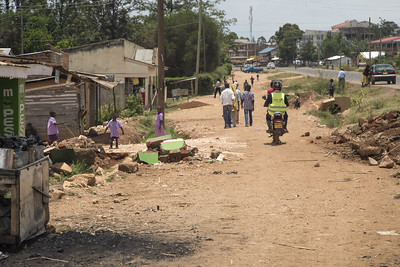
Impacts of Treatment-on-the-Treated
Overview
In this module, we learn how we can use two-stage least squares (2SLS) to estimate the local average treatment effect of a program under imperfect compliance.
This module contains one reading, a set of slides for in-class discussion, and an empirical exercise.
Readings
Impact Evaluation in Practice: Chapter 5
Review Questions
- What is an intent-to-treat estimate, and how does it differ from an estimate of the impact of treatment-on-the-treated?
- What is a local average treatment effect?
- What does imperfect compliance mean? Who are the compliers? Other than the compliers, what other groups might we expect to find in our impact evaluation sample?
- How can we construct an estimate of the impact of treatment-on-the-treated?
- What is randomized promotion? What three conditions must be satisfied for the randomized promotion approach to provide a valid estimate of program impacts?
Empirical Exercise
Empirical Exercise 8
In this exercise, we’ll be using data from the paper The Miracle of Microfinance? Evidence from a Randomized Evaluation by Abhijit Banerjee, Esther Duflo, Rachel Glennerster, and Cynthia Kinnan. The paper reports the results of one of the first randomized evaluations of a microcredit intervention. We’ll be using a small slice of the data from their paper to explore the use of instrumental variables techniques to estimate impacts of treatment on the treated - and to think about when such methods are appropriate.